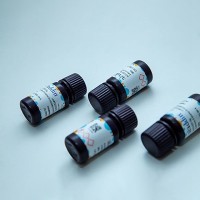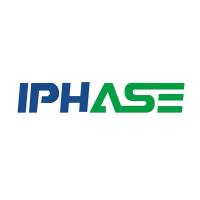Agrobacterium-Mediated Transformation to Create an Insertion Library in Magnaporthe grisea
互联网
互联网
相关产品推荐

Recombinant-Mouse-Tail-anchored-protein-insertion-receptor-WRBWrbTail-anchored protein insertion receptor WRB Alternative name(s): Tryptophan-rich basic protein; WRB
¥10332

NGS Fast DNA Library Prep Set,for Ion Torrent,阿拉丁
¥4497.90

ADCC 抗体依赖细胞介导的细胞毒作用 antibody-dependent cell-mediated cytotoxicity
¥20

Recombinant-Rat-Tail-anchored-protein-insertion-receptor-WRBWrbTail-anchored protein insertion receptor WRB Alternative name(s): Tryptophan-rich basic protein; WRB
¥10332

Recombinant-Pongo-abelii-Tail-anchored-protein-insertion-receptor-WRBWRBTail-anchored protein insertion receptor WRB Alternative name(s): Tryptophan-rich basic protein; WRB
¥10332

